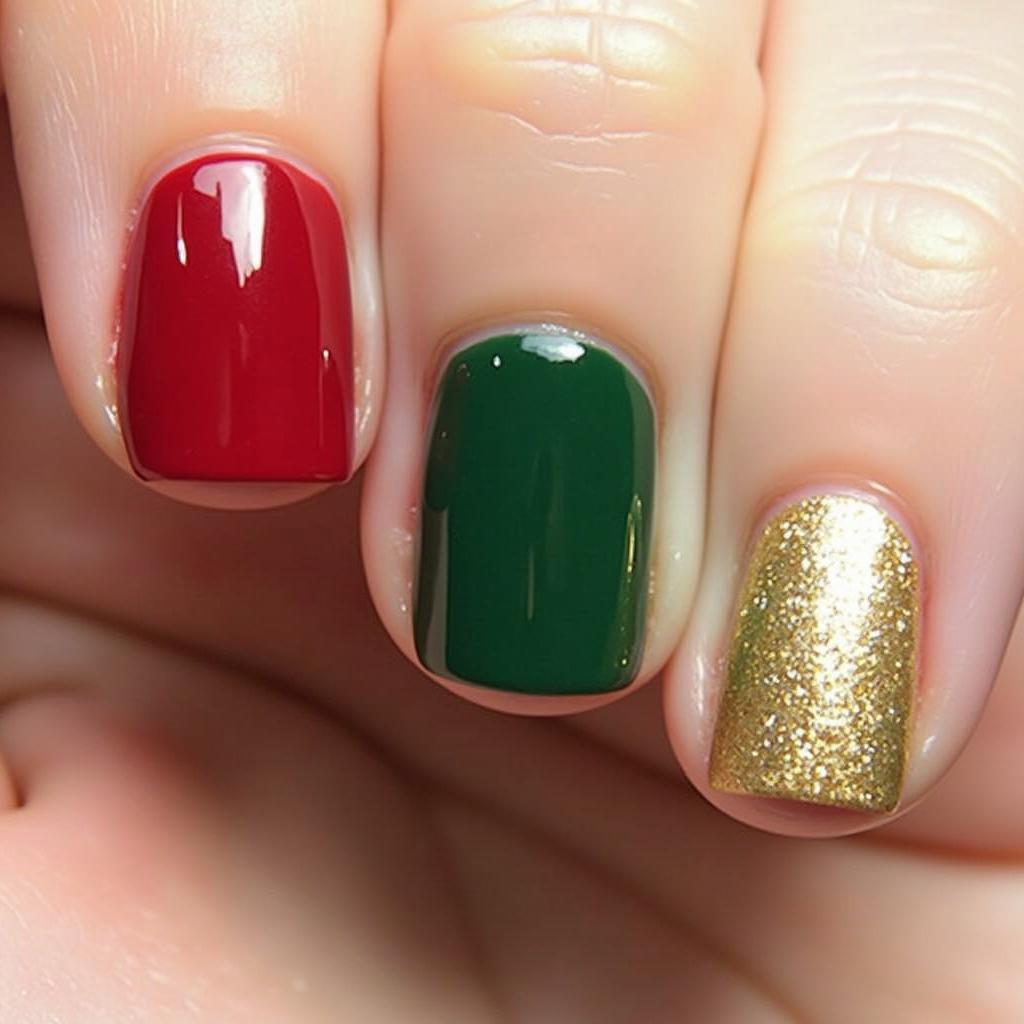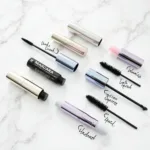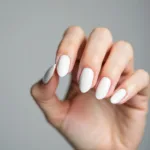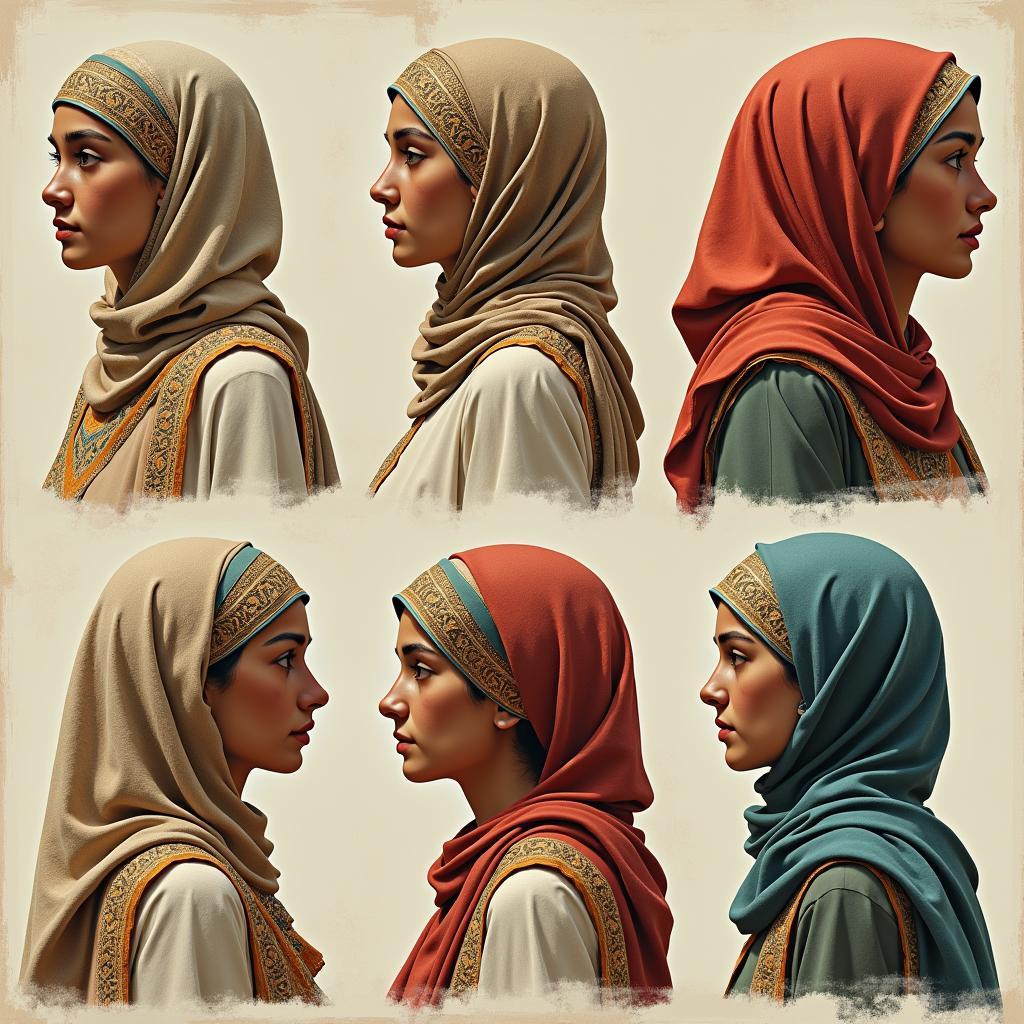
Exploring Style and Significance: A Deep Dive into Head Scarves and Hijab
- AmazoniaSilva
- Tháng 1 23, 2025
- Zodiac signs
- 0 Comments
Head scarves and hijab are powerful symbols of cultural identity, religious observance, and personal style. They represent a rich tapestry of traditions and beliefs, offering a fascinating glimpse into the diverse ways women across the globe choose to express themselves. This exploration delves into the history, significance, and diverse styling options of head scarves and hijab.
A History of Head Coverings: From Ancient Times to Modern Trends
 History of Head Coverings: Ancient to Modern
History of Head Coverings: Ancient to Modern
Head coverings have a long and fascinating history, dating back to ancient civilizations. From Mesopotamian veils to elaborate headdresses worn by royalty, these coverings have served various purposes, including protection from the elements, signifying social status, and fulfilling religious obligations. The hijab, specifically, has its roots in Islamic tradition, symbolizing modesty and piety. Today, both head scarves and hijab continue to evolve, reflecting contemporary fashion trends while maintaining their cultural and religious significance.
The Significance of Hijab in Islamic Culture
The hijab holds deep religious and cultural significance for Muslim women. It represents a commitment to modesty and serves as an outward expression of their faith. While interpretations of hijab vary across different Muslim communities, the underlying principle remains the same – a dedication to upholding Islamic values.
Different Interpretations and Styles of Hijab
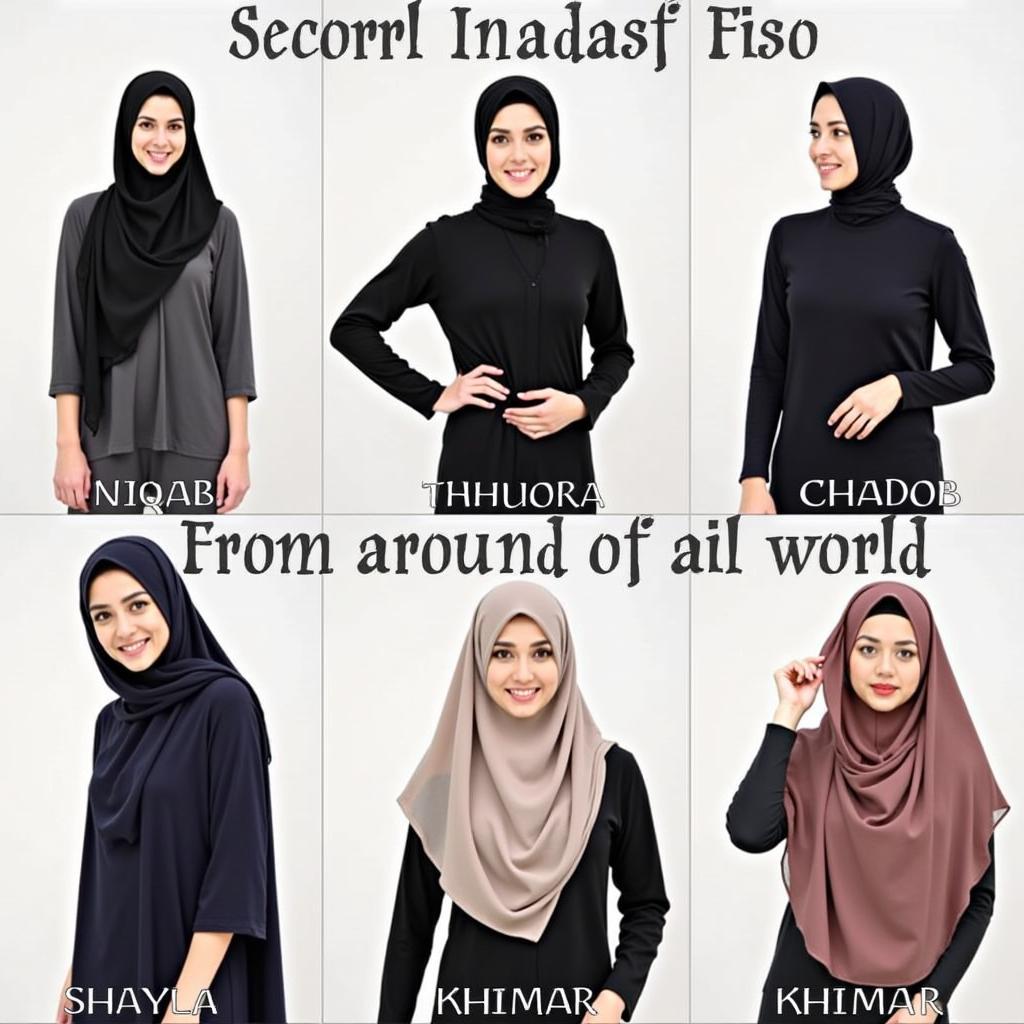 Diverse Hijab Styles and Interpretations
Diverse Hijab Styles and Interpretations
The term “hijab” often encompasses a range of head coverings, including the niqab, which covers the face except for the eyes, and the chador, a full-body cloak. Other styles include the shayla, a rectangular scarf draped over the head, and the khimar, a longer, cape-like covering. The choice of hijab style is often influenced by cultural traditions, personal preference, and individual interpretations of religious teachings.
Head Scarves: A Fashion Statement and Symbol of Identity
Beyond religious contexts, head scarves have become a popular fashion accessory embraced by women of all backgrounds. They offer a versatile way to express personal style, add a touch of elegance, or simply protect hair from the elements.
Styling Head Scarves: From Casual to Chic
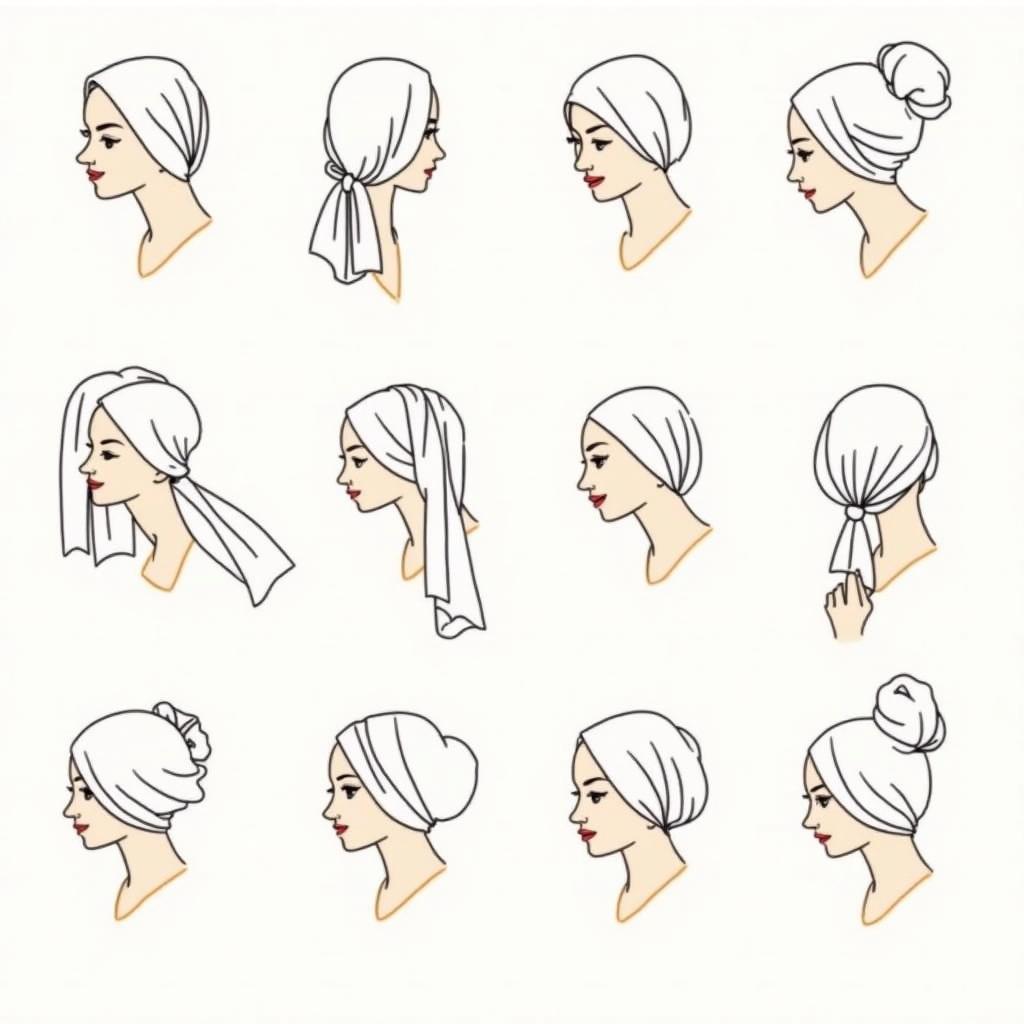 Stylish Head Scarf Tying Tutorials
Stylish Head Scarf Tying Tutorials
From vibrant prints to luxurious silks, head scarves can be styled in countless ways to complement any outfit. Whether tied in a simple knot, wrapped into a turban, or draped gracefully over the shoulders, a head scarf can instantly elevate a look from casual to chic. Numerous online tutorials and resources offer inspiration and guidance on mastering different tying techniques.
Choosing the Right Head Scarf or Hijab
Selecting a head scarf or hijab is a personal journey influenced by individual needs and preferences. Factors to consider include the fabric, size, color, and pattern. For hijab wearers, choosing a breathable and comfortable fabric is essential for everyday wear.
“Choosing the right hijab is about finding the perfect balance between comfort, style, and personal expression,” says Aaliyah Khan, a fashion designer specializing in modest wear.
Caring for Your Head Scarves and Hijab
Proper care ensures the longevity and beauty of your head scarves and hijab. Delicate fabrics require gentle hand washing, while others can be machine washed on a delicate cycle. Storing them neatly folded or hung prevents wrinkles and damage.
“Investing in high-quality fabrics and taking proper care of your head coverings will ensure they remain beautiful for years to come,” advises Nadia Hassan, a textile expert and hijab stylist.
Conclusion: Head Scarves and Hijab – Embracing Diversity and Expression
Head scarves and hijab are more than just pieces of fabric; they represent a powerful intersection of culture, religion, and personal style. Whether worn as a symbol of faith, a fashion statement, or both, they offer a unique way for women to express their individuality and embrace their heritage. From their rich history to the diverse styling options, head scarves and hijab continue to inspire and empower women worldwide.
FAQ
- What is the difference between a head scarf and a hijab?
- What are some common hijab styles?
- Where can I find tutorials on tying head scarves?
- What fabrics are best for head scarves and hijab?
- How do I care for my head scarves and hijab?
- Are there specific occasions where wearing a head scarf is considered inappropriate?
- Where can I buy high-quality head scarves and hijab?
Need Further Assistance?
For any questions or support regarding head scarves and hijab, contact us at [email protected] or visit our office at Fifth Avenue, 34th Floor, New York, NY 10118, USA. Our customer service team is available 24/7.
